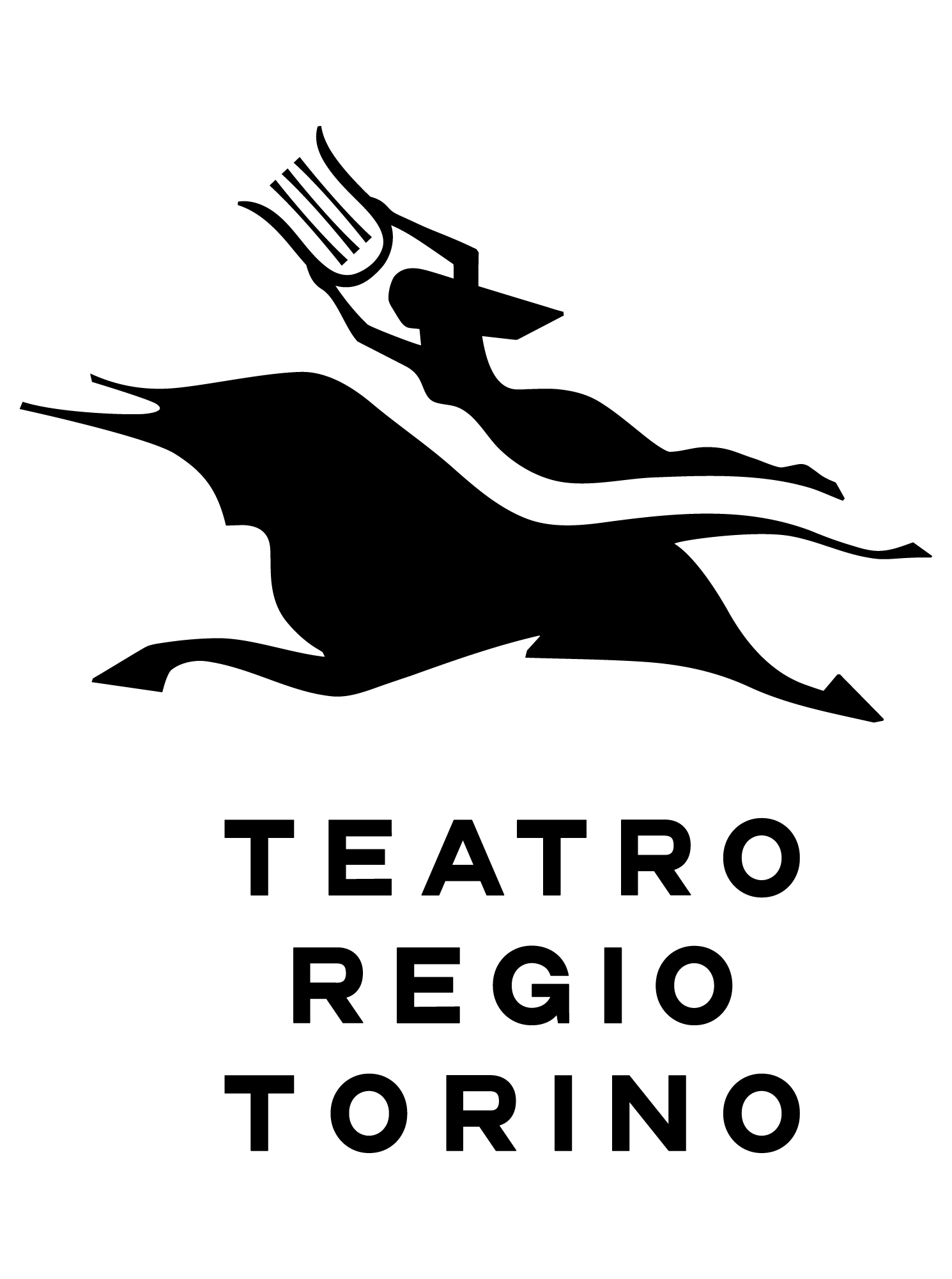Tosca | Giacomo Puccini
Since its debut in Rome in 1900, Tosca has been one of Puccini’s most performed and popular works. Not only because it contains three memorable arias, one for each act ("Recondita armonia," "Vissi d’arte," "E lucevan le stelle"), but also because Puccini and his trusted librettists, Illica and Giacosa, managed to maintain the suspense, the relentless rhythm, and the plot twists that characterize a perfect theatrical mechanism, such as the original drama by Victorien Sardou. A historical thriller set in 1800s Rome under a "papal king" afraid of revolutionary winds, it showcases the ferocity of the papal police in suppressing Bonapartists and anyone who collaborates with them.
Across the three acts, which mark the stages of the investigation, interrogation, and execution, we see the inquisitorial cruelty of Baron Scarpia, a role that has earned international triumphs for baritone Roberto Frontali. Martin Muehle gives voice to the idealistic passion of Mario Cavaradossi, while Chiara Isotton portrays Floria Tosca, who finds herself caught in a situation larger than herself and gradually takes on the stature of a tragic heroine. As with the opening title, the closing title of the season will also be conducted by the Teatro’s Musical Director, Andrea Battistoni. The staging sees the much-anticipated return of Stefano Poda to the Regio with a new production, following La Juive, which won the "Abbiati" award for Best Production of 2023.
Lecture-Concert: Wednesday 3 June at 6 pm - Piccolo Regio Puccini
Melodrama in three acts
Characters and cast
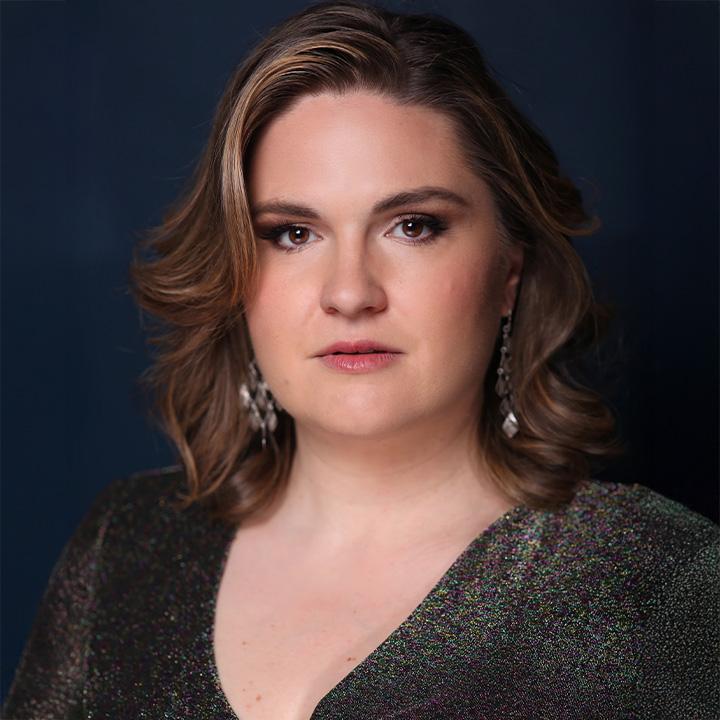
Chiara Isotton
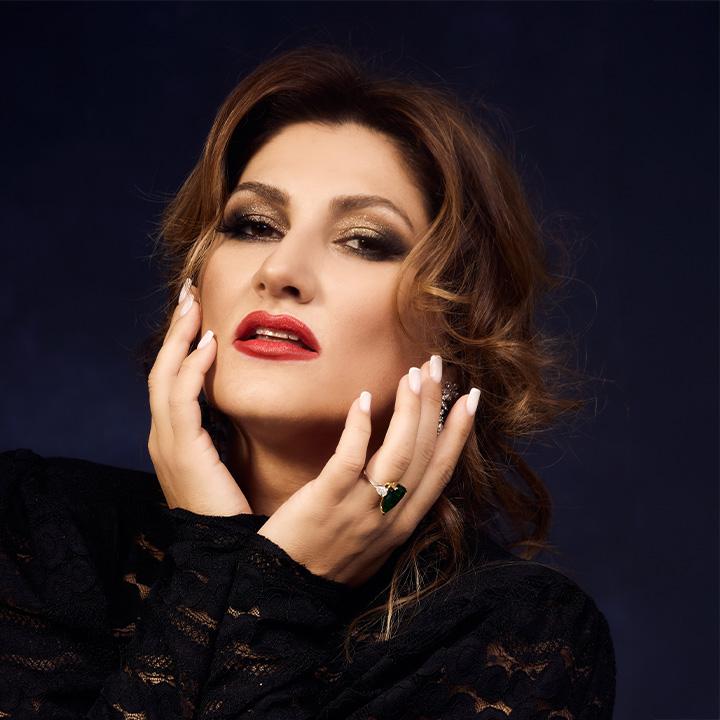
Dinara Alieva
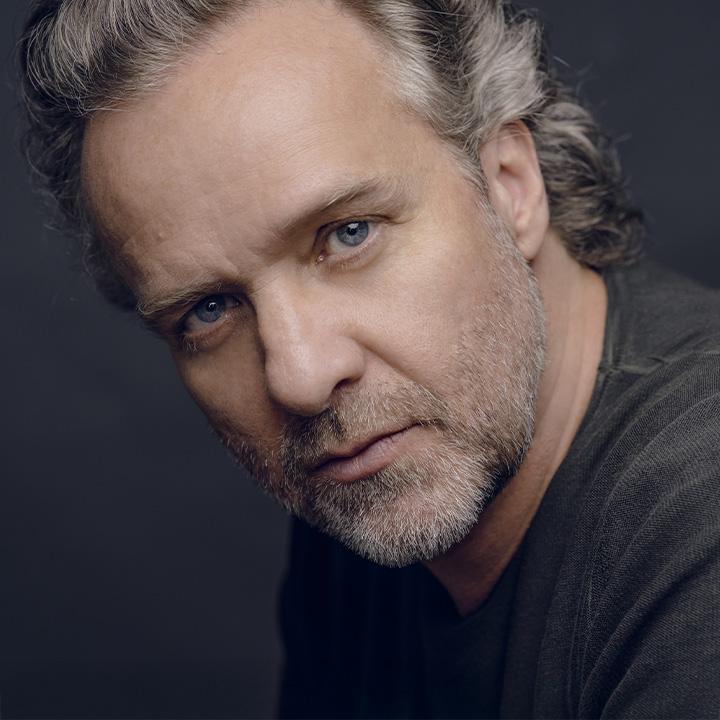
Martin Muehle

Vincenzo Costanzo

Roberto Frontali
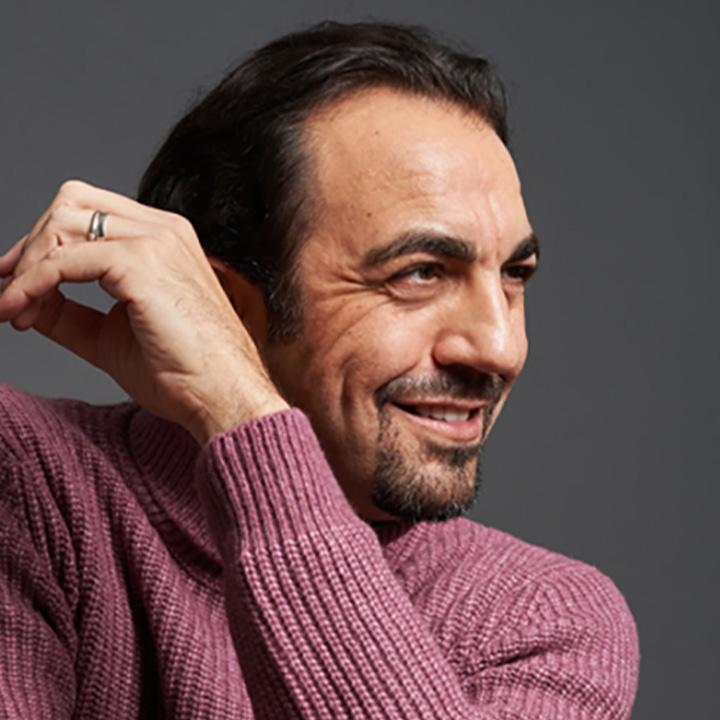
Claudio Sgura

Fabio Previati
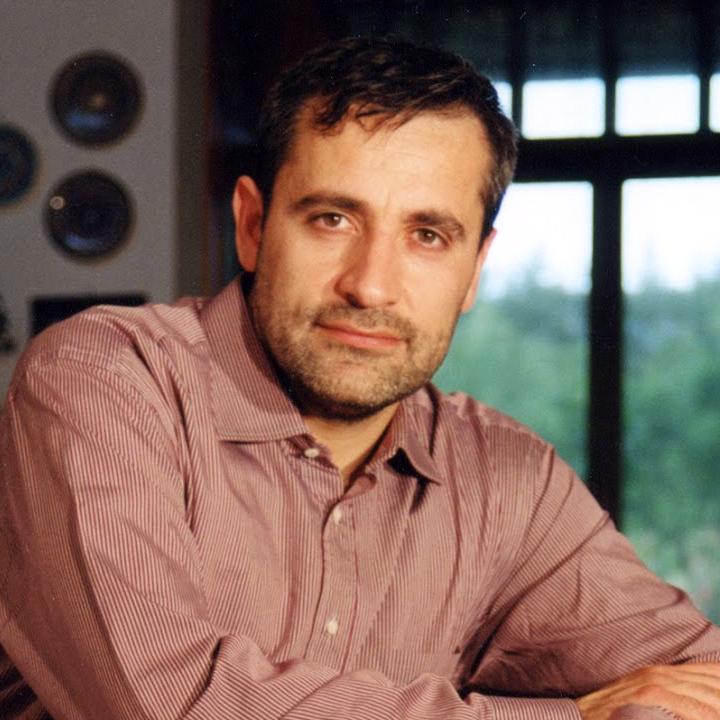
Cristiano Olivieri

Daniel Umbelino (Regio Ensemble)
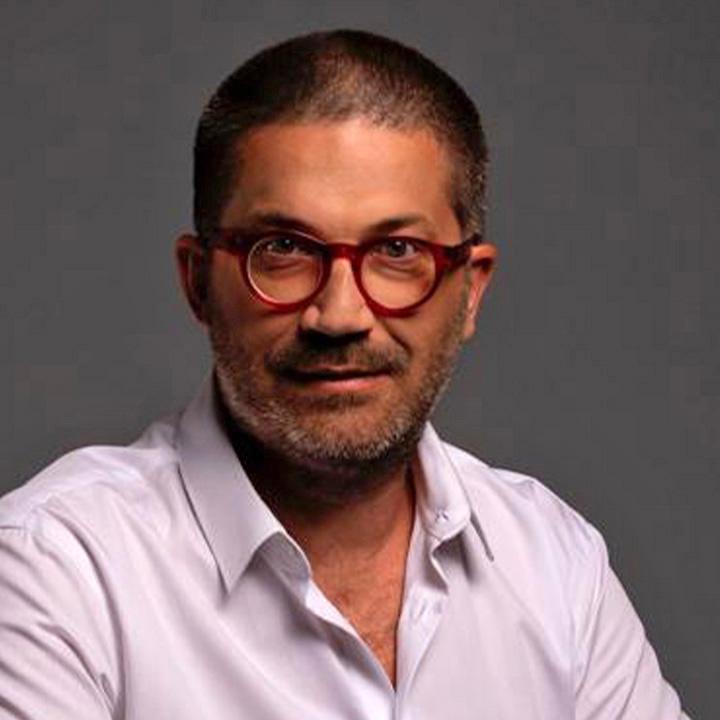
Igor Durlovski

Eduardo Martínez (Regio Ensemble)
Performances
Synopsis
atto
In Rome, in June 1800, the political prisoner Cesare Angelotti, who has escaped from Castel Sant'Angelo, seeks refuge in Sant'Andrea della Valle. He hides in the family chapel, where his sister, Marchesa Attavanti, has concealed women's clothes that will aid his escape. The sacristan enters, followed by the painter Mario Cavaradossi. To paint Mary Magdalene, Cavaradossi has been inspired by the image of the Attavanti woman—whom he had noticed in the previous days—and now he compares her beauty with that of his lover, Floria Tosca, scandalizing the naive sacristan. When the sacristan leaves, Cavaradossi notices Angelotti's presence: he helps him and hides him again just before Tosca arrives. The famous singer is suspicious of Cavaradossi's behavior, and he struggles to convince her of his loyalty. Finally, Cavaradossi dismisses her, arranging to meet her later that evening, and leaves with Angelotti. Meanwhile, the choir boys prepare for the Te Deum, which will be sung to celebrate the (presumed) defeat of Napoleon at Marengo. The joyful atmosphere is extinguished with the entrance of Baron Scarpia, the sinister head of the police, who is already on the trail of Angelotti. Tosca returns to inform Mario that she must cancel their appointment, as she has to sing at a gala vigil for the victory. Her jealousy, awakened by the painter’s absence, is fueled by Scarpia, who plans to manipulate her for his own advantage. Tosca leaves furiously, being followed by the police. During the Te Deum, Scarpia, in a state of morbid excitement, anticipates capturing Cavaradossi and conquering Tosca.
atto
Scarpia is dining at Palazzo Farnese. His loyal police officer, Spoletta, reports that he followed Tosca to a villa outside the city, where, although he did not find Angelotti, he did arrest Cavaradossi. Meanwhile, from an adjoining room, the sound of Tosca’s voice performing a cantata is heard. Brought before Scarpia, the painter refuses to reveal Angelotti's hiding place. The interrogation – interrupted by Tosca’s arrival, during which Cavaradossi orders her not to reveal what she has seen at his villa – continues in an adjacent room, but the painter’s resistance remains unbroken even under torture. Tosca, on the other hand, is devastated by the cries of her lover and eventually reveals the hiding place of Angelotti. Cavaradossi is brought back into the room, and Scarpia – while giving orders to his men for Angelotti’s capture – makes it clear to him that it was Tosca who revealed the secret. Just then, the news arrives that, due to a sudden change in the outcome of the battle, the true victor of Marengo is Napoleon, not Melas. In a surge of pride, Cavaradossi cries out for liberty against tyranny before being dragged away by Scarpia's henchmen.
Left alone with Tosca, Scarpia blackmails her: if she gives herself to him, both she and Cavaradossi will be freed. Tosca’s fragile psychological resistance is at its breaking point: finally, upon learning that Angelotti has killed himself rather than be captured and that Mario’s fate is sealed, she gives in. Scarpia pretends to order a mock execution for Cavaradossi. However, while he fills out the pass, Tosca seizes a knife, and when he approaches her to embrace her, she kills him.
atto
At dawn, on the terrace of Castel Sant'Angelo, Cavaradossi prepares to face the execution. Tosca joins him and shows him the pass: the two lovers rejoice, dreaming of their imminent freedom. Tosca explains to Mario that he will have to pretend to fall under the blank firing of the execution squad. However, when the soldiers leave, the woman finds herself embracing her lover’s lifeless body. Meanwhile, the police, having discovered the murder of Scarpia, rush to arrest her, but Tosca chooses to throw herself from the castle’s ramparts, invoking divine justice.
